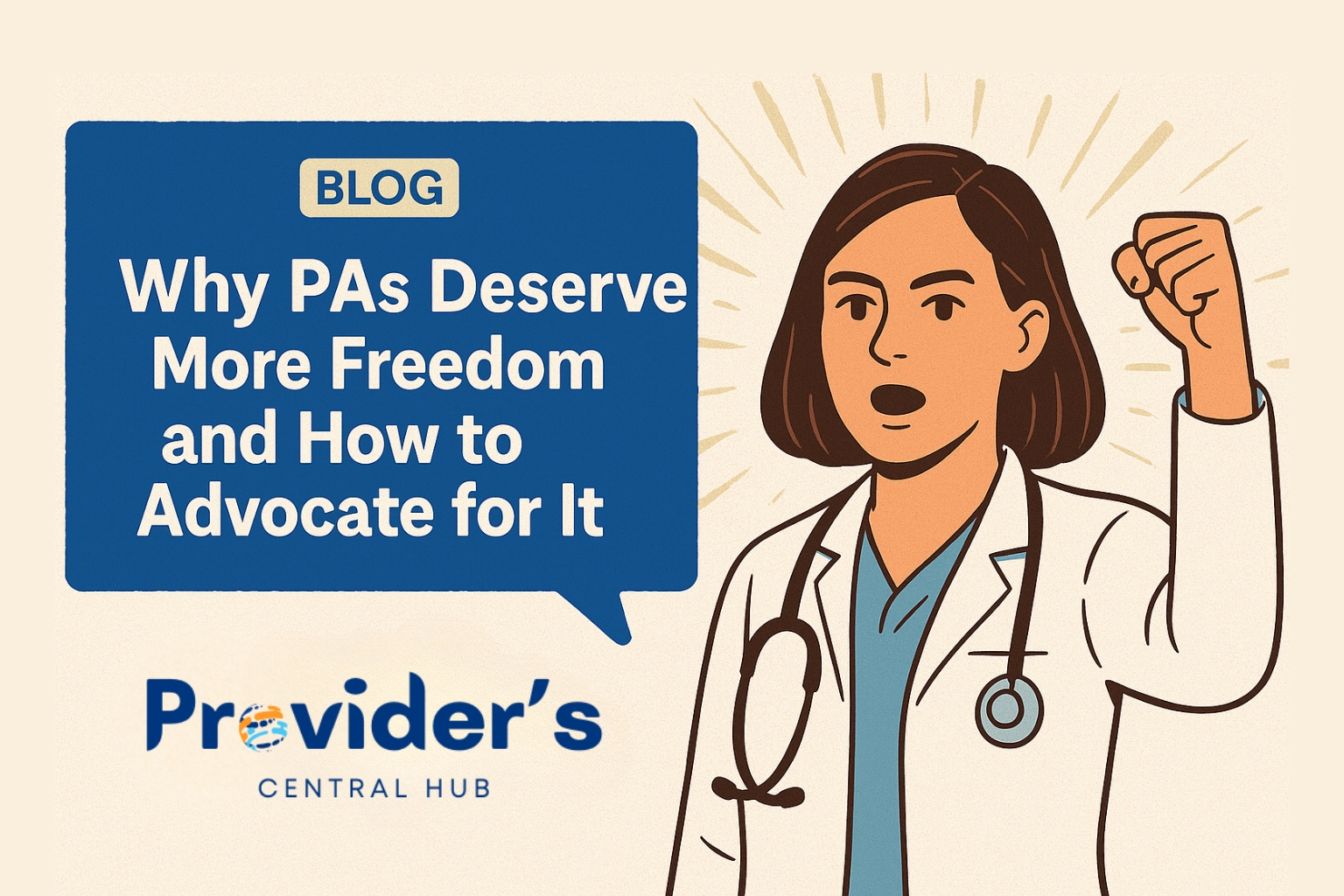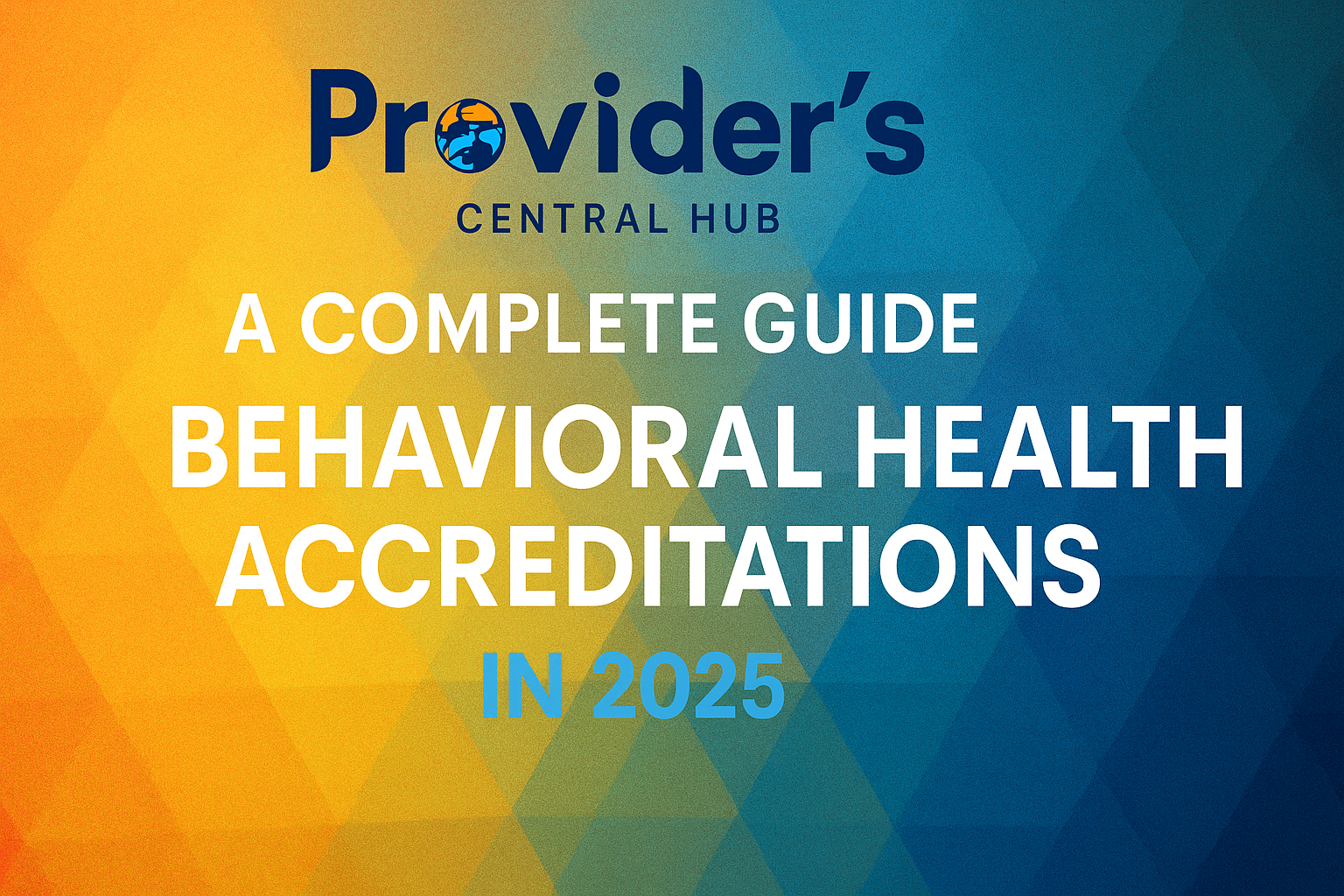Introduction
As the name suggests, vitals provide essential information about the body’s vital systems. Vitals are the most crucial indicators of a patient’s health in a hospital setting. They reflect whether treatment is effective and help determine if an aggressive approach is necessary. In this pocket article, we will quickly review what vitals are and how to interpret them.
Blood Pressure
Blood pressure indicates the overall health of the circulatory system and how efficiently the heart and arteries deliver blood throughout the body. Normal blood pressure for adults is 120/80 mmHg. In conditions such as vascular or circulatory diseases, or even due to a sedentary lifestyle, blood pressure may vary.
Heart Rate
Heart rate reflects how fast or slow the heart is pumping. It can fluctuate in various conditions such as fever, infections, pain, cardiac diseases, or even a sedentary lifestyle. The normal range for heart rate in humans is between 60-100 beats per minute.
SpO₂ (Oxygen Saturation)
Oxygen saturation measures how much oxygen is in your blood. It is a critical indicator of respiratory and overall health. It is typically measured using a small probe placed on your finger. If the reading is less than 95%, consult your primary physician or visit the emergency department immediately.
RBS (Random Blood Sugar)
Random blood sugar provides information about blood sugar levels. Remember, low blood sugar is more dangerous than high blood sugar and requires immediate attention.
Respiratory Rate
Respiratory rate is the number of breaths (one cycle of inhaling and exhaling) taken per minute. The normal range is 14-18 breaths per minute. If your respiratory rate is significantly increased or decreased, consult your primary physician or visit the emergency department.
Temperature
Normal body temperature can vary slightly between individuals, but a temperature of 100°F or above is generally considered a fever. An increase in temperature is often accompanied by a rise in heart rate, and these two measurements usually correlate. If you feel feverish and your heart rate exceeds 100 beats per minute, consult your primary physician or visit the emergency department.




